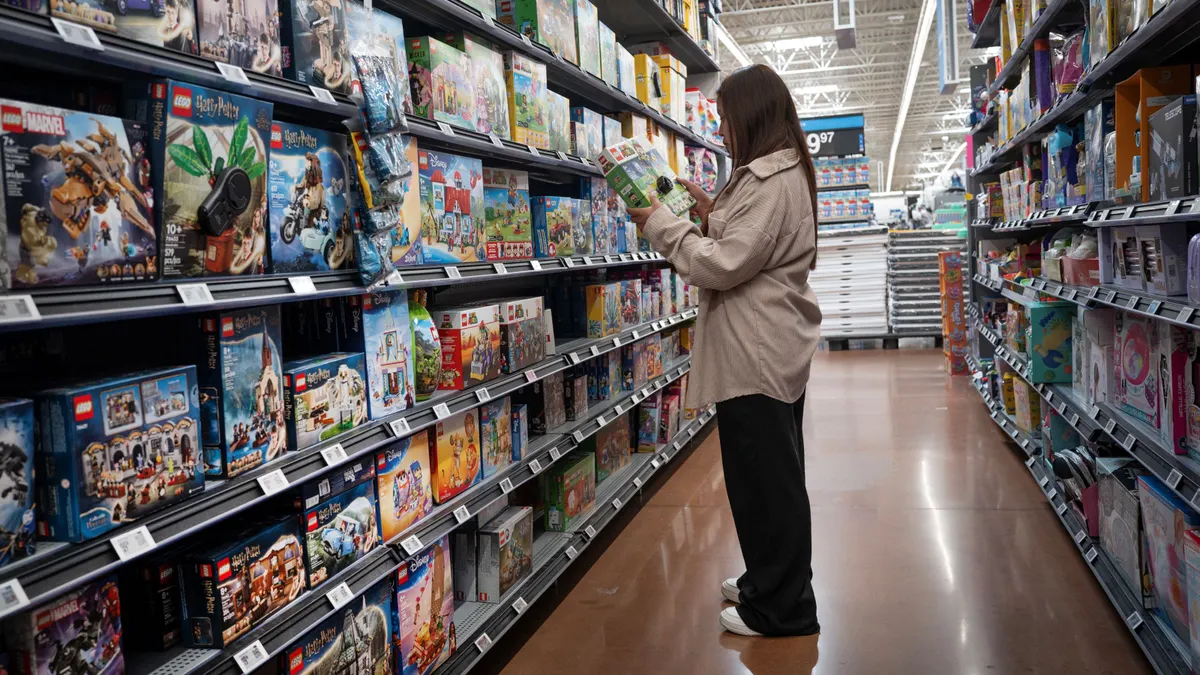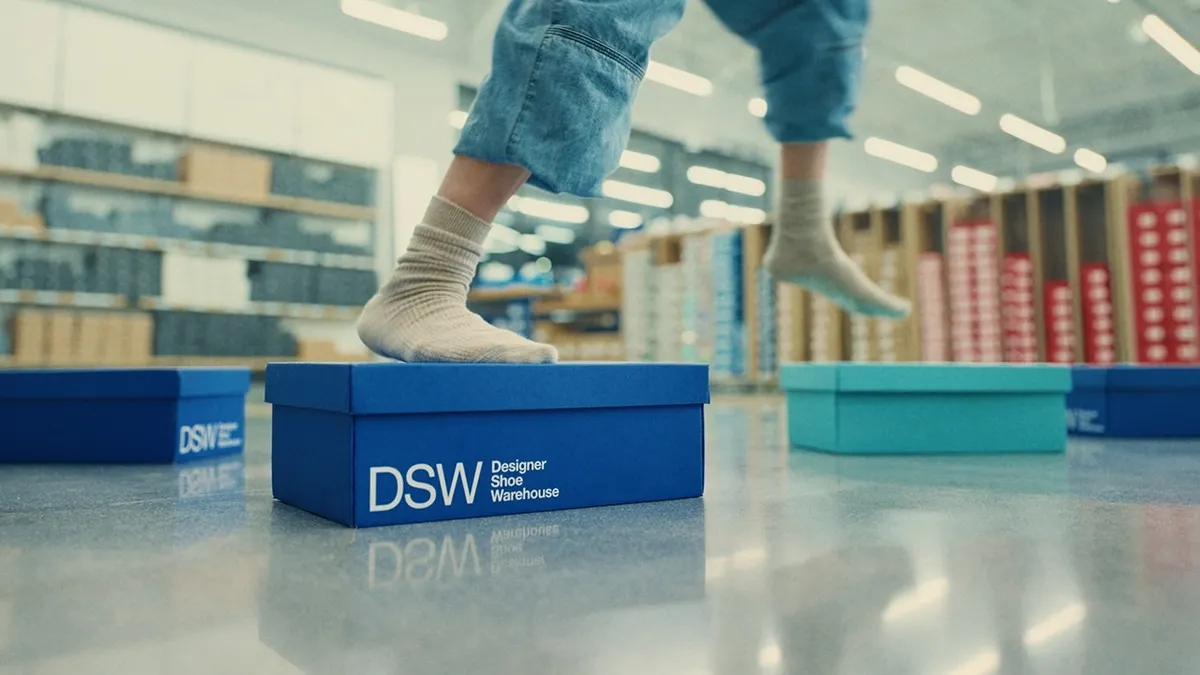The U.S. construction industry has struggled to deal with rising materials costs stemming from President Donald Trump’s tariffs and the ensuing trade war, forcing businesses to rethink their operations and how they communicate with their customers about price hikes.
“Margins have been squeezed tighter than ever, making it challenging to stay competitive while meeting the needs of our clients,” said George Carrillo, co-founder and CEO of the Hispanic Construction Council, a nonprofit organization that aims to advance policy goals and improve the landscape for Hispanic construction workers and companies. “We’ve had to rethink everything from procurement strategies to project timelines to ensure we can keep delivering quality work despite these rising costs.”
HCC has advised its members to add tariff costs to receipts to maintain transparency and “keep them in the loop about why expenses have gone up,” Carrillo said.
“Construction projects are big investments, and many customers initially felt frustrated by rising costs without fully understanding the reasons behind them,” Carillo said. “By clearly stating how tariffs contribute to the price, we've been able to foster open conversations, ensuring our clients see us as partners rather than just service providers. It’s about building trust and showing that we’re navigating these challenges together.”
Such a strategy not only applies to construction customers, but consumers at large.
Businesses like truck manufacturer Peterbilt, chipmaker Micron and China-based e-commerce giant Shein have also added tariffs to receipts amid rapidly changing U.S. trade policy in an attempt to boost transparency and deflect blame for rising prices. Amazon reportedly considered it before backing down after drawing the ire of the White House, and some businesses like Shein have since removed tariff charges at checkout.
Businesses typically prefer to maintain pricing where possible because consumers don’t judge prices absolutely; they judge them “relative to reference points” like historical prices, said Barbara Kahn, professor of marketing at the University of Pennsylvania’s Wharton School of Business.
“Nobody really wants to raise prices because that’s not good marketing,” Kahn said. “If the tariffs start making prices go up, people will just register higher prices and, obviously, that won’t be attractive.”
And customers are concerned about higher prices. A Wunderkind survey from last month found that a majority of consumers say higher prices are their No. 1 concern, followed by unpredictable price increases.
Those concerns are likely to deepen as new tariffs are announced and some businesses will no longer be able to absorb the cost and will pass it onto consumers.
While businesses usually include all costs in the price of a good or service, nearly all receipts include separate line items for taxes, and since tariffs are taxes on imported goods, it would make sense to label them on receipts in “an ideal world,” Kahn said.
It is not, however, an ideal world.
“The tariffs are different than a normal tax because they have these political overtones,” Kahn said.
Communicate clearly, concisely and often
Businesses must ensure they communicate clearly with customers about why prices are rising while acknowledging the shifting economic landscape, said Carla Bevins, professor of business communications at Carnegie Mellon University's Tepper School of Business. Such guidance is similar to other types of crisis communications.
Companies should avoid adding tariffs to receipts without explanation and refrain from providing too much detail.
“Don't let the receipt be your only point of communication,” Bevins said. “Customers don't really need a lecture on trade policy. They need a clear, respectful explanation of what's changing and why.”
Businesses need to keep their customers' needs in mind when deciding whether to add tariff surcharges to customers’ receipts. Some companies may want to avoid adding tariff surcharges altogether, especially if the additional costs are small. Other businesses, meanwhile, may provide more detailed information about tariff costs if their customers are particularly interested in it.
“Anything itemized needs to be accurate and straightforward to avoid confusion or frustration,” HCC’s Carrillo said.
An itemized approach may work better in B2B settings where customers are already familiar with international trade and supply chains, Bevins said.
Businesses should also develop a customer-centric communications plan that delivers consistent messaging across all channels and touchpoints, including receipts, email and store signage.
“It all builds credibility and can reduce confusion,” Bevins said. A well-designed crisis communications plan will work “in a number of situations,” not just for tariffs.
“This is about more than the tariffs,” Bevins said. “It’s about how companies handle these uncomfortable conversations.
Developing a sound communications plan is also a valuable opportunity to reinforce your brand’s values, Bevins said.
“What story are you telling over time, and how do you make sure that story is still intact if and when the policy changes?” Bevins said.
Internal and potentially external FAQs about what the business will do when tariffs are suddenly reversed can also help ensure businesses and their consumers are ready for whatever changes come next.
Businesses should also train employees in customer-facing roles to deliver consistent messaging about how tariffs will impact customers, just as they would under a typical crisis communications plan.
“Preparedness shows leadership,” Bevins said. “Customers are going to notice if you’re not prepared.”
The best communications strategies are focused, respectful and forward-looking, according to experts.
“Businesses that can explain what they're doing to manage [tariffs], protect their value and keep the customer at the center are going to be the ones that are going to come out ahead,” Bevins said.
For Carrillo and the HCC, adding tariff costs to receipts seems to be working so far.
“Most clients appreciated the honesty,” Carillo said. ‘Some even felt empowered knowing exactly where their money was going and were able to adjust their own budgets.”



















